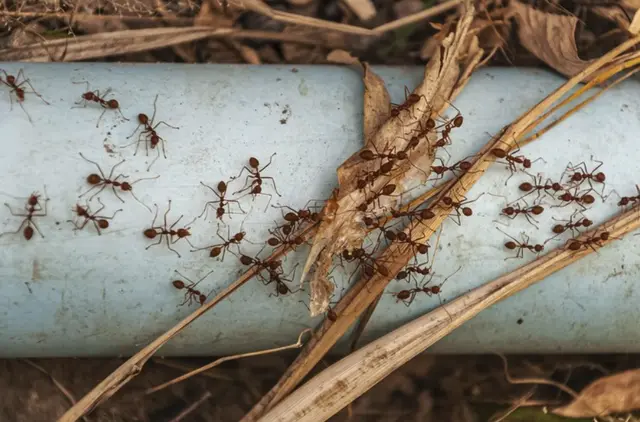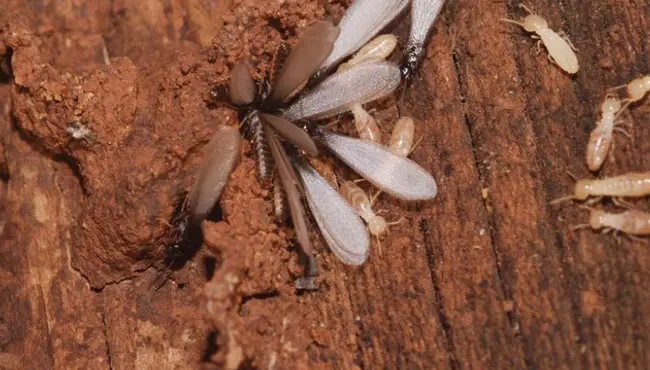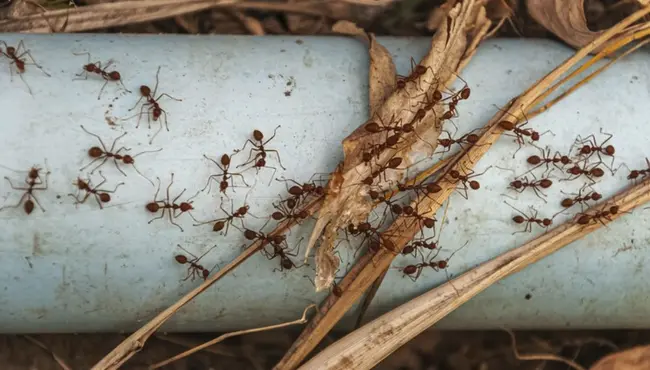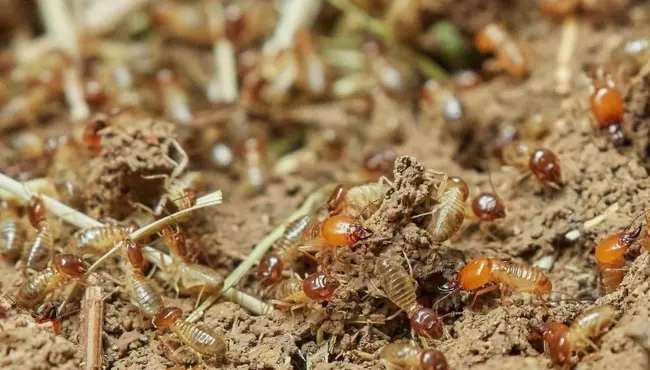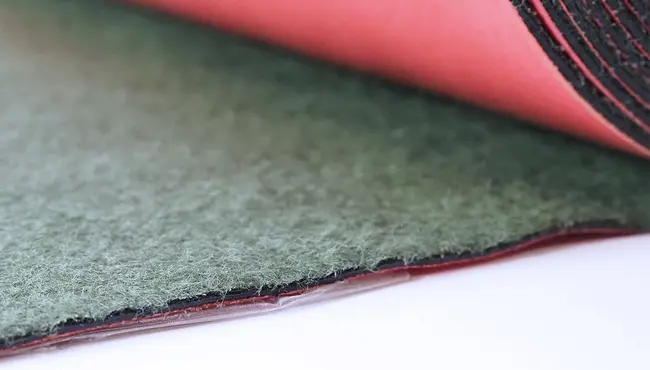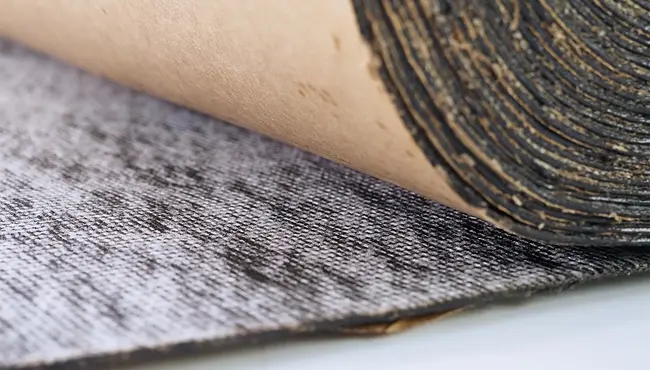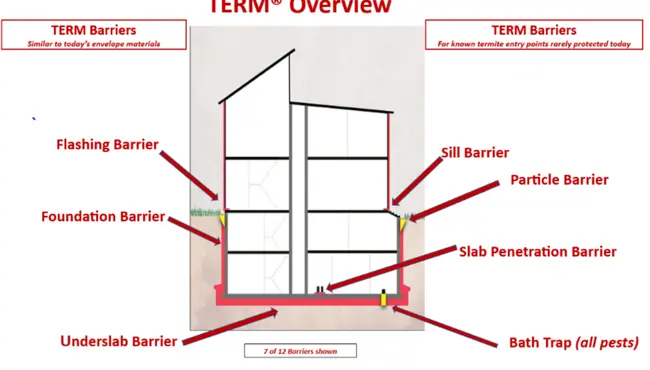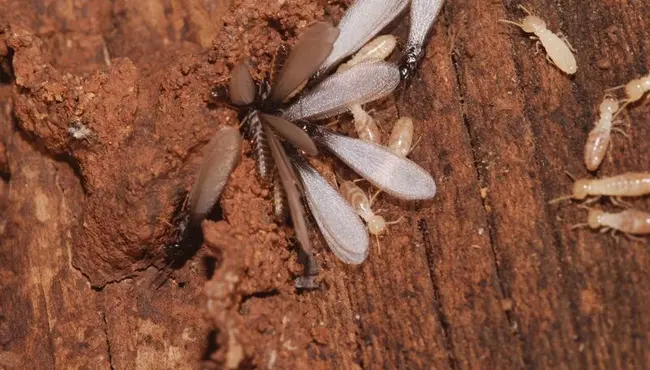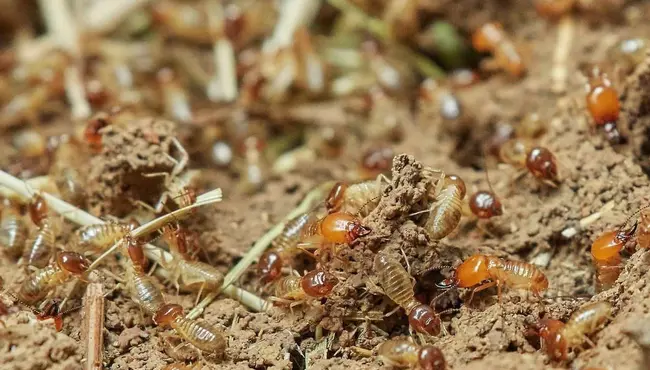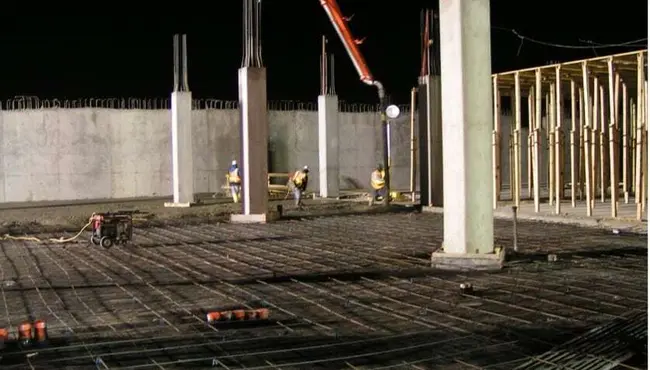
Termites pose a significant risk to new constructions, causing billions in damage annually across North America. Effective termite prevention during the construction phase is not just advisable; it's essential. This article explores the most reliable methods for termite prevention in new constructions, focusing on the innovative solutions provided by Polyguard.
Understanding the Threat: Types of Termites in Construction
Subterranean Termites: These termites account for about 95% of termite damage in North America. They thrive in moist secluded environments, making any cellulose-based material in contact with soil, like wood, vulnerable to their destruction.
Formosan Termites: Known for their aggressive nature, Formosan termites can form huge colonies and cause extensive damage much more rapidly than other termite species. They often infiltrate buildings through wood that touches the soil and through mud tubes that they create.
Critical Pre-Construction Considerations
Effective termite prevention begins long before the first foundation is poured. It involves meticulous planning and consideration of several key factors that can influence the likelihood and extent of termite infestation. Here’s an expanded look at these critical considerations:
Comprehensive Site Assessment
- Geographical Analysis: Understand the regional termite species and their behaviors. Areas with higher humidity and warmer climates, for example, often face greater risks of subterranean termites.
- Soil Composition and Moisture Levels: Termites thrive in moist environments. Assessing soil moisture content and drainage characteristics can help in deciding the best construction and prevention methods.
- Previous Infestation History: Review any available records of previous termite activity in the area. Areas with a history of infestation are at higher risk and may require more robust preventive measures.
Strategic Design Choices
- Minimizing Wood-to-Soil Contact: Design structures to minimize direct contact between wood and soil. Techniques include using concrete foundations that extend above the soil line and using metal frames for lower levels.
- Incorporating Physical Barriers: Install metal termite shields and other physical barriers during construction. These barriers are designed to prevent termites from accessing wood through soil.
- Foundation Sealing and Treatment: Ensure that all foundations and entry points are sealed properly to prevent termite ingress. Use termite-resistant materials like treated wood and concrete, and apply borate-based treatments to wood components that are vulnerable to termite attack.
Construction Techniques and Materials
- Elevated Design: Consider raising the structure above ground level to reduce the risk of termite access. This can be particularly effective in regions prone to subterranean termites.
- Termite-resistant Building Materials: Utilize building materials that are less attractive to termites, such as composite materials, naturally resistant wood species, or treated wood products.
- Proper Drainage Systems: Design effective drainage systems that prevent water accumulation near the structure's foundation. Termites are attracted to moisture, so keeping the foundation area dry is crucial.
Regular Monitoring and Early Intervention
- Pre-construction Treatments: Apply soil treatments with termiticides before beginning construction to create a chemical barrier in the soil that deters termites.
- Ongoing Inspection During Construction: Regularly inspect the construction site for signs of termite activity. Early detection can prevent significant damage and reduce the scope of needed interventions.
- Integration with Landscape Planning: Ensure landscaping plans do not compromise the structural safety by allowing vegetation or water features too close to the foundation, which could attract termites.
By implementing these enhanced pre-construction considerations, builders and developers can significantly reduce the risk of termite infestation, protecting the integrity and longevity of new constructions. This proactive approach not only safeguards the structure but also provides long-term cost savings by minimizing potential damage and associated repairs from termite activity.
Polyguard’s TERM® Barrier Systems: A Technical Overview
Polyguard’s TERM® Barrier Systems provide a comprehensive solution for termite prevention. Here’s how some of these products stand out:
- TERM® Underslab Barrier: This barrier is a high-strength physical layer installed under the slab to prevent termites from penetrating upward through the ground. Its self-healing properties ensure that small punctures seal themselves, maintaining the barrier's integrity.
- TERM® Termite Sealant: Used in conjunction with the underslab barrier, this sealant closes gaps and seams in construction joints and around utility penetrations, creating a continuous termite-resistant shield.
Installation Guidelines
Poured Concrete Slab Construction
Proper installation is crucial for the effectiveness of TERM® barriers. Here are the recommended steps:
1. Prepare the Site: Clear the area of debris and level it before applying any barriers.
2. Apply TERM® Underslab Barrier: Roll out the barrier over the area where the slab will be poured, ensuring it covers all potential entry points.
3. Seal Joints with TERM® Termite Sealant: Use the sealant to treat all overlaps, joints, and edges, ensuring no gaps are left.
Crawl Space Construction
For crawl space construction where there's no concrete slab, but rather a concrete foundation, Polyguard recommends several products designed for vertical applications that help control termites:
TERM® Flashing Moisture
This product is ideal for use where the horizontal concrete slab intersects with exterior sheathing, commonly a frequent entry point for termites. The barrier is a flexible, self-adhesive membrane that provides both moisture and termite protection and is suitable for vertical applications around the foundation perimeter.
TERM® Sill Moisture
Specifically designed for vertical use, this barrier is applied directly on the concrete beneath the sill plate, helping to block subterranean termites at this common entry point. It also acts as a barrier to moisture and energy leaks.
These products are part of Polyguard’s TERM Barrier Systems, which offer a sustainable, non-chemical approach to pest control, including termites. They are particularly noted for their ability to integrate into the building envelope effectively, providing long-lasting protection without the ongoing need for pesticides.
Comparing TERM® Barriers with Conventional Methods
Unlike traditional bait stations and chemical treatments, TERM® barriers offer a non-chemical, environmentally friendly solution. They provide a physical block that does not degrade over time, offering long-term protection without the need for reapplication or maintenance that chemical solutions often require.
Protect Your Investment Against Termites with Polyguard Solutions
Choosing the right termite prevention strategy is crucial for safeguarding your new construction projects against termite damage. Our TERM® Barrier Systems offer a reliable, sustainable, and effective solution for new construction. Explore the full range of Polyguard’s termite prevention products to find the best fit for your project needs. Contact us today for more information.
